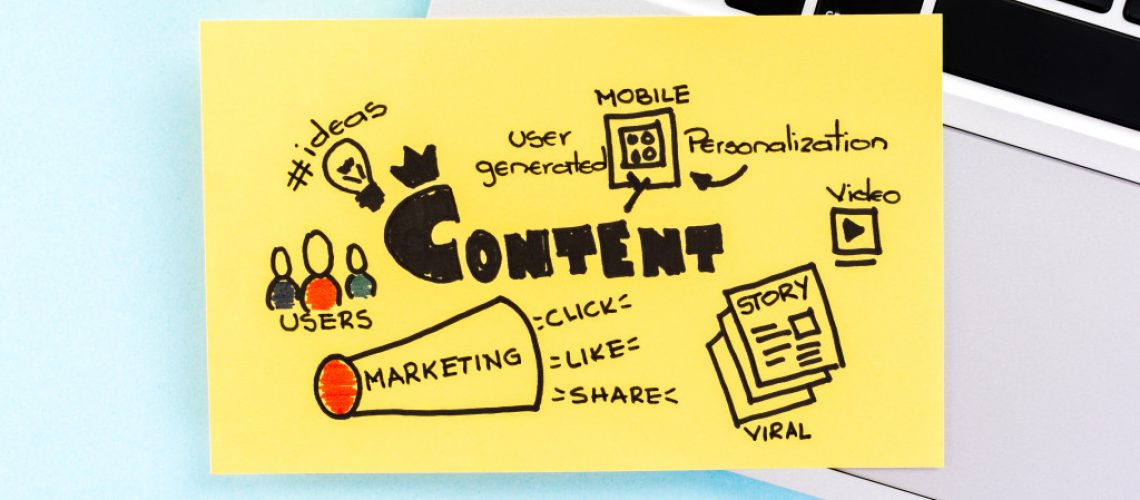Inbound marketing has gained traction for the past years. It became popular as a response to the modern customer’s behavior of looking for value-adding information online to solve their pressing problems. Their search habits are more solution-oriented instead of zeroing in on a specific product. That is why direct product advertisements are not as effective anymore as they were in the past. Inbound marketing fulfills this need because the practice emphasizes cultivating a warm and positive experience with consumers.
Through engaging content, businesses, whether they’re mortgage companies or retail stores, can attract their target audience and establish themselves as the expert in the field. The insights presented in blog articles, e-books, and other chosen media build trust and credibility because it shows the business has done their research. They want to ease the pain points of the customers and forge deep and meaningful relationships, instead of being limited to a transactional nature.
However, there’s more to inbound marketing than merely churning out content after content. While helpful, businesses can further leverage their potential with the following strategies:
Gain an intimate understanding of your market
Inbound marketing still adheres to the fundamental truths of marketing. One of these is through understanding their target market. You can’t create compelling content if you don’t know what your ideal customers are searching for or are frustrated about. Pegging it as everyone is not wise, either, because you’ll fail to deep dive into the root cause of their issues. Resources are also limited, which means you can’t cater to every person and their dog.
There are many ways businesses can get an accurate picture of their customers. Facebook offers an insight tool for a brand’s page where it’s possible to check the primary demographics of people who liked and engaged with their page. From there, they can get a general idea of possible topics that will be interesting to their fans.
Incorporate various forms of media in your content

Humans are visual creatures, with the brain absorbing images 60,000 times faster than lines of text. Inserting other forms of media such as infographics and pictures in blog articles and social media posts can break the monotony and will catch the attention of more people. Some consumers also rely on product photos to get a clear picture of what they will be getting. Aesthetically pleasing images can convince them to continue with the purchase if they’re on the fence. The opposite will be true if they are greeted with blurred photos and poorly lit shots.
Contribute blog articles to high-traffic sites
It’s not enough for businesses to concentrate on generating content only for their sites. They also have to explore putting their work on other high-traffic websites. If your page is linked often in trustworthy platforms, Google will treat it as a credible source of information and solutions. Businesses can also reach more people this way because they gain exposure from the regular readers of the site where they provide guest posts.
In today’s modern world, customers are looking for brands they can trust and engage with, instead of being satisfied with a transactional connection. Businesses can cater to this need by implementing an effective inbound marketing strategy.

